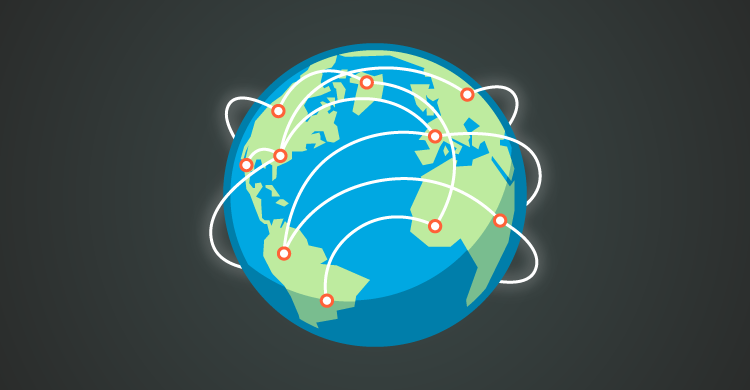You are so lucky to be a practitioner today. The business of Education is living today through some amazingly transformative changes and you will be able to say you were right in the middle of it! One of the most significant transformations revolves around her teachers, make adjustments, and ultimately innovate their instructional practice. In the last several decades we have made several significant shifts that will continue to shape the profession in new and innovative ways. To illustrate this, let’s talk a little about where we have been, where we are today, and where we are going.
Where We Have Been – Unsung Heroes:
Throughout most of the twentieth century, teachers worked in buildings that were designed with the industrial revolution in mind (Drury, 1915). Teachers were deliberately forced to work alone and collaboration was seen as tantamount to cheating. As a result, schools often had unsung heroes toiling away for decades in their classrooms with very little knowledge as to what exactly they were doing (Gary, 1993). Their test scores weren’t publicized, they didn’t meet in teams, and students certainly didn’t capture precious classroom moments on their cell phone and post them to YouTube or Facebook. In the past there were undoubtedly some amazing teacher-innovators whose potentially transformative professional practice simply went unrealized, perhaps for an entire career– a career spent as a hero. While their students benefited from their innovation, the rest of the world didn’t.
Where We Are Now – Discovering Our Colleagues:
Enter the era of professional learning communities and collaboration. Businesses and schools alike learned at the end of the twentieth century and in the early part of the twenty first century the merits of making connections and allowing those closest to the work to make decisions. Teachers now are confronted with the reality of the work performance of their colleagues (Kanigel, 2005). They are aware, through PLCs, just how effectively their colleagues may be in terms of promoting student learning and evaluating it through common assessments. This has been an unbelievably illuminating age of enlightenment. Given the profession’s propensity for isolating its workers, this has truly been a transformative evolution that in many respects it is still going on for a number of schools.
Where We Are Going – Discovering the World:
Today the next generation of connectivity has begun to evolve. These innovators who have an eye on tomorrow are working within their PLCs but have begun to extend the learning and are developing their own PLNs (Personal Learning Networks). What are Personal Learning Networks? PLNs represent the network of professionals that teachers collect today pursuant to specific aspects of their own professional development and desire to innovate (DuFour, Reason, 2015). For example, a teacher today who is interested in assessment may elect to follow a myriad of colleagues on Twitter. He may join or initiate some Facebook pages and invite certain educators he knows can contribute to the conversation. He may begin to post sample lesson plans on YouTube and establish a members-only channel with some of the invited team members he met from his work on Twitter.
While previous generations may be used to the phrase working the room in terms of meeting people and making connections, today working the room represents a limitless world of potential opportunities to connect and to meet fellow educators who can help to make a contribution small or large.
PLNs in the Spotlight:
Today, teachers are getting more creative about how they collect additional members of their PLN. Below find a YouTube video that features teachers from throughout the nation who I have worked with regarding these strategies and are actually advertising on YouTube as an attempt to promote out-of-building and out-of-district sharing and innovating on a NEA sponsored learning platform called the GPS Network.
Conclusion & Implications:
What is the implication? Today, teachers aren’t toiling away in isolation like they did just a few decades ago. They are working together in PLCs and have colleagues who can help right down the hall. Furthermore, each teacher can also develop their own PLN and begin to grow their network of innovators with partners potentially from all over the world. Given this possibility, a teacher may find that his most cherished colleagues comes from right down the hall as well as a county or a continent away. With technology, anything is possible. The good news is that with technology and sharing, the best ideas can indeed catch fire and be comprehensively shared and implemented. While the capacity to share has made famous absurd viral video captures and embarrassing moments, that same connectivity utilized with thoughtful wisdom will represent yet another transformation in the ability for teachers to connect and innovations to occur.
References
Drury, H.B. (1915). Scientific management: A history of criticism. New York, NY: Columbia University.
DuFour, R, DuFour, R., Eaker, R., Many, T. (2006). Learning by doing: A handbook for professional learning communities at work. Bloomington, IN: Solution Tree Press.
Gary, K. (1993). Why we will lose: Taylorism in America’s high performing schools. Phi Delta Kappa, 74. Retrieved from http://www.jstor.org/stable/20404887
Kanigel, R. (2005). The one best way: Frederick Taylor and the enigma of efficiency. Cambridge, MA: The MIT Press.
[author_bio id=”67″]






